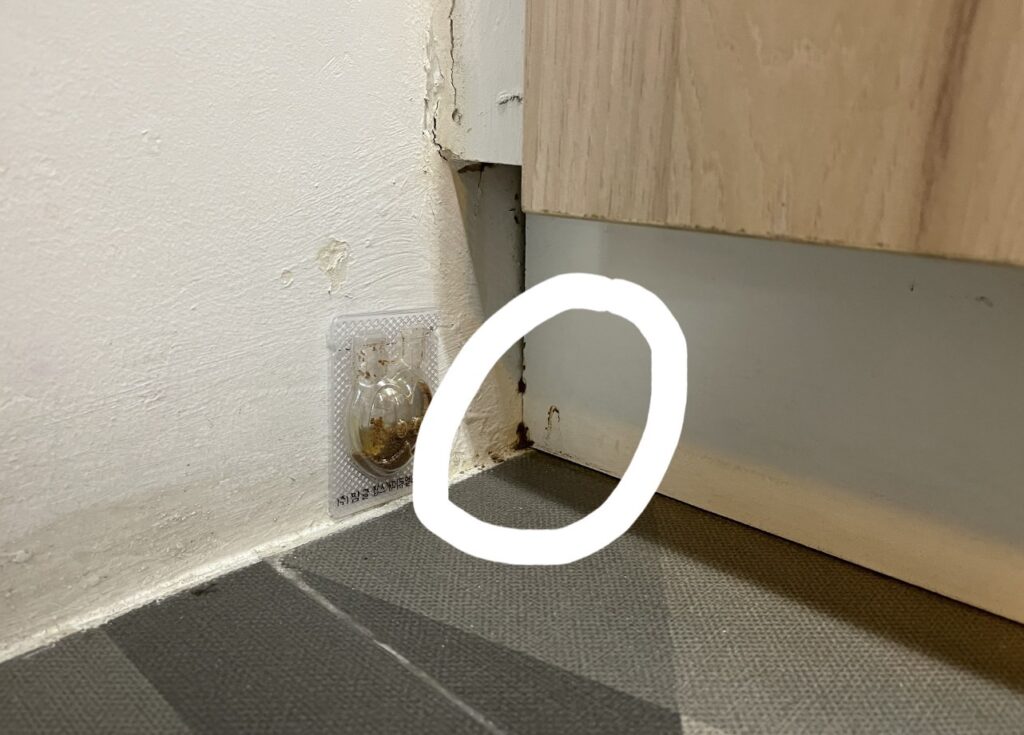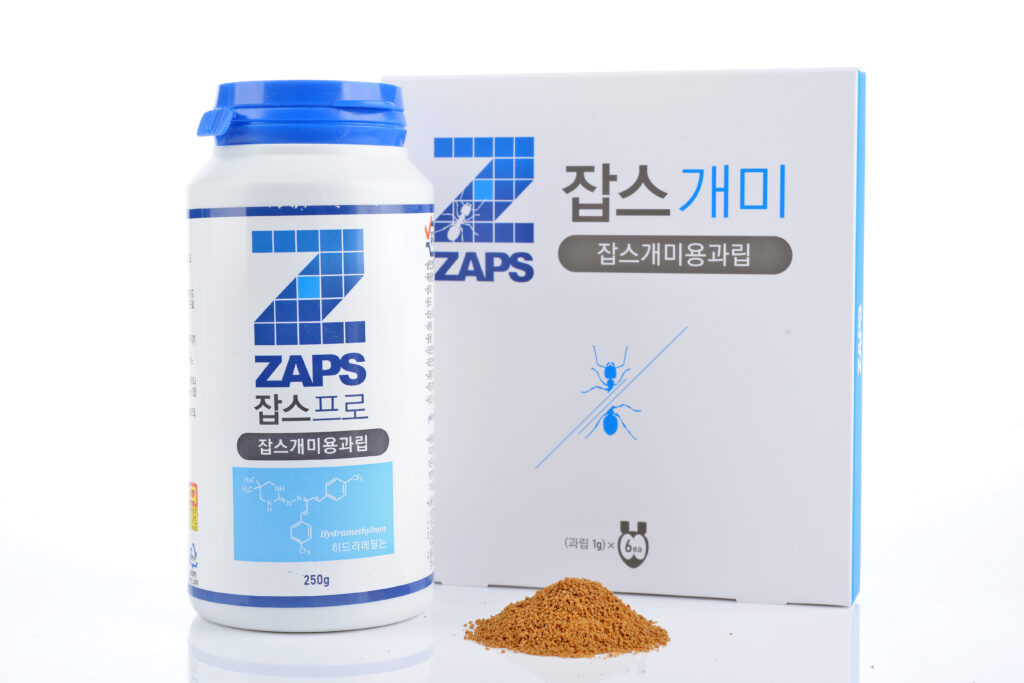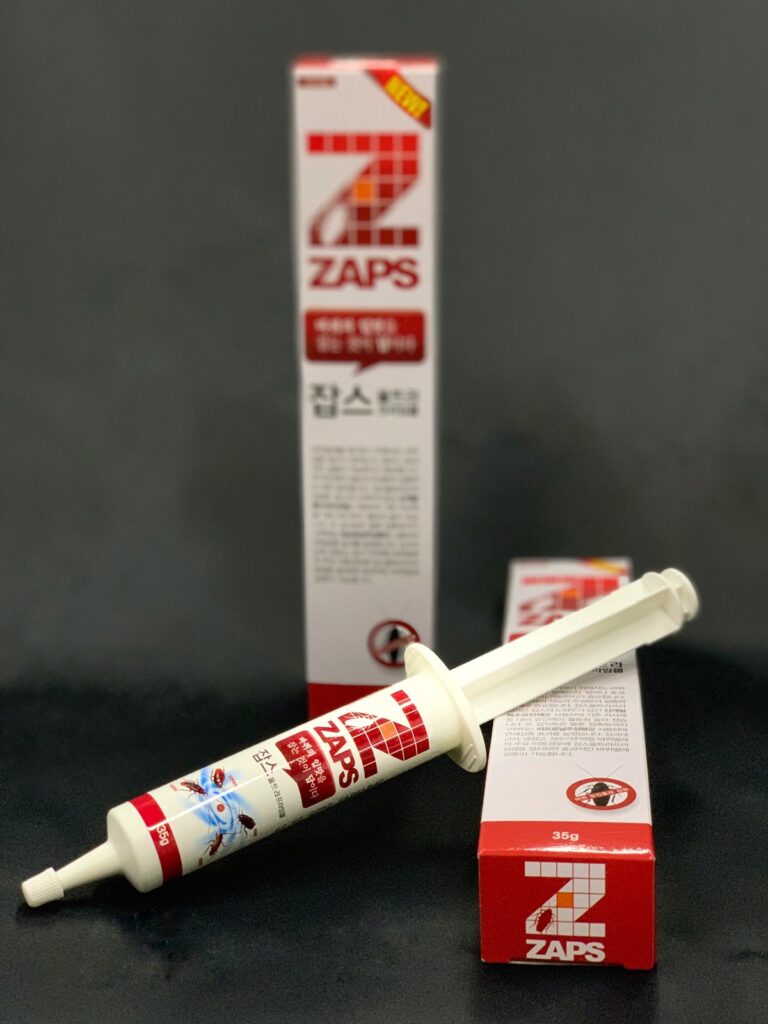Every day we open our social news feed or browse through the news, COVID-19 continues to dominate the headlines.
And rightfully so.
The rate of infection remains on the rise in the Philippines as the country struggles to secure more vaccines and increase the number of inoculations.
Politics aside, the government’s tepid COVID-19 response has resulted in the tanking of the economy.
According to a study by the Asian Development Bank (ADB), 70% of small businesses in the Philippines were forced to close down due to the pandemic. 70% is the highest number of business closures among ASEAN countries.
The unemployment rate has improved somewhat from 10.2% in 2020 to an estimated 7.1% in March 2021. But more than 4 million Filipinos remain unemployed.
On top of all of these challenges, the coronavirus continues to mutate into deadlier and more infectious variants.
Similar to other viruses that have wreaked havoc on humanity in our history, COVID-19 too shall pass.
In time, the pandemic will become an endemic – just a part of everyday life.
What will not become endemic and remain a persistent, worsening problem is pest infestation. The economic and financial impact of pest infestation is understated and under-reported.
In truth, pest infestation is a bigger problem than COVID-19.
The Economic And Financial Impact Of Pest Infestation
Pests are more than just annoying.
They can make you sick.
Mosquitoes transmit dengue and other diseases. Cockroaches and ants can carry food-borne bacteria such as e.Coli, campylobacter, and salmonella from the garbage cans they forage on and onto your dining tables.
You don’t see them but make no mistake about it, the bacteria are there.
According to a study published by the American Journal of Tropical Medicine and Hygiene (AJTMH), the Philippines recorded 842,867 cases of dengue in 2012. Total medical costs required to treat the dengue cases amounted to US$345 Million or roughly US$3.26 per capita.
A 2018 study on the economic impact of dengue on the Philippines by the World Health Organization (WHO) showed that if you factor in losses due to absences in the workplace, the total financial damage of the disease to the economy was US$8.2 Billion.
That’s just economic losses due to dengue.
What about illnesses caused by food-borne diseases and other types of mosquito-transmitted diseases such as Zika, West Nile, and Yellow Fever?
We haven’t touched on the diseases caused by rats and other pests. As we discussed in our article “The Economic Cost of Termite Infestation”, you could end up paying up to 205,000 pesos in repairs because your home was damaged by termites.
On a larger scale, a 2018 report by the Department of Agriculture revealed that pest infestation in combination with El Nino resulted in daily losses to the Philippines’ agricultural sector amounting to 8.02 Billion pesos.
So, yes, while we should continue to remain vigilant about COVID-19, we should not overlook the threats to our health and welfare that are posed by pest infestation.
Remember – while we are getting different kinds of vaccines for COVID-19 – we have no vaccine for dengue fever.
The Aquino government rolled out Dengvaxia in 2016. Dengvaxia was developed by French pharmaceutical giant Sanofi as a vaccine against dengue. However, a few months into the Duterte administration, the new government sued Sanofi for alleged safety questions about Dengvaxia.
While the Duterte administration pursued its case against Sanofi, the European Union booked orders of Dengvaxia for its member nations.
Why Pest Infestation Will Persist In The Philippines
Pest infestation will continue to persist and remain a problem in the Philippines because of 3 reasons:
1. The Weather
The Philippines has a tropical climate that regularly experiences high levels of humidity.
Research covering the period of 1989 to 2018, has shown that climate change has resulted in an increase in the volume of rainfall as well as the strength, magnitude, and frequency of typhoons in the country.
These are factors that contribute to creating moist environments which are ideal for pests such as mosquitoes, cockroaches, termites, and rodents.
2. Rising Levels of Poverty
A study conducted by the World Bank estimated the level of poverty incidence in 2019 at a high of 20.8%. This number was expected to decline to 18.7% in 2021 but due to the global pandemic, this goal might no longer be attainable.
Because of the pandemic, more than 27 million Filipinos lost their jobs and 70% of businesses closed down.
Poverty triggers intercity migration. The more urbanized cities like Metro Manila become home to many Filipinos seeking greener pastures. The absence of employment opportunities results in larger squatter populations where conditions are ideal breeding grounds for pests.
3. Poor Infrastructure
Put simply, the Philippines lags in waste filtration, management, and disposal systems. The rivers are clogged with garbage as squatter colonies continue to rise.
With an increase in poverty comes the growth of the informal sector where waste management systems do not exist or are required by the local governments.
How To Manage The Pest Problem In The Philippines
Managing the pest problem requires the combined efforts of Filipino citizens, the local and national governments, and the business community.
Filipinos should make pest control management a top priority in their homes. It only takes a bit of planning to manage the proliferation of pests in the household.
- Remove sources of collected water around the house. Rainfall or excess water from gardening activities might have collected in old tires, pots, cans, and other containers.
- Dispose of trash properly. Food scraps and wastes should be placed in trash bins with lids that can be closed tightly.
- Have a plumber check for leaks in and around the home and have these repaired immediately.
- Remove paper materials, cardboard boxes, and old newspapers from your home.
- Ask a handyman to check your home for cracks and holes in the walls and floorings and have these sealed right away.
Then, use our ZAPS line of DIY pesticides in your home.
ZAPS pesticides work better than traditional household pesticides because they address the sources of infestation.
- For use against mosquitoes.
- Contains temephos 2%, a larvicide that’s been tested and proven effective against mosquito and fly larvae.
- Flush 2 tablets of ZAPS Teme Tablet down your toilet. Once the tablets make contact with the water in your septic tank, the temephos is activated and starts killing larvae immediately.
- ZAPS Teme Tablet remains effective for up to 5 weeks.
- Made of Hydramethylnon 1%, a slow-killing poison that’s presented in granule form to make it easy for ants to carry.
- Ants carry the granules to the colony.
- Slow-killing formula won’t alert the Queen Ant that the number of the colony has been greatly reduced. Thus, the Queen Ant won’t be compelled to lay eggs – as much as 3,500 per day.
- Simply open a blister pack of ant granules and place them near the colony or the foraging area of the ants.
- Effective against all types of ants.
- Formulated with fipronil 0.031%; a type of poison that’s irresistible to cockroaches.
- Once the cockroach eats the gel, the poison will paralyze its nervous system before eventually killing it.
- Continuous killing action; the poison will be transferred to the cockroaches that eat the dead cockroach.
- Apply a small amount of ZAPS Ultra Prime Gel inside cracks and holes in walls and underneath areas frequented by cockroaches.
- Active Ingredients are Imiprothrin and D-T80-Cyphenothrin.
- ZAPS Whitefence acts as a protective layer of defense to keep cockroaches and other crawling insects out of your home.
- Apply ZAPS Whitefence foam in entryways, alongside walls, and underneath shelving tiers and sinks.
- The white fence foam will vanish within 10 minutes but will remain effective for up to 5 weeks.
- Cockroaches that pass through the white fence residue will die.
As you’ve just read, you don’t spray ZAPS. You either flush, apply or situate the pesticides.

Why is this important?
Spraying aerosol insecticides that have toxic chemicals can become a nauseating experience for your family. Likewise, aerosol sprays have been linked to dangerous health conditions including cancer.
You also save money because ZAPS pesticides have a long-lasting effect. A single application of ZAPS will remain effective for weeks or months.
Using ZAPS is like having your home treated by professional pest control service providers.
Conclusion
Until such time that the Philippines has achieved herd immunity, you should be concerned about getting infected by COVID-19.
However, don’t lose sight of the bigger problem – pest infestation. You won’t be dealing with just one pest as the Philippines is an ideal breeding ground for a wide variety of pests – from insects to rodents.
Getting sick is not good for you, your family, and the economy. It has a cascading effect.
If you get sick from a disease that was transmitted by a mosquito or caused by cockroaches, you’ll miss work, spend on healthcare, and affect the performance of the business or your employer.
Again – the Philippines has no vaccine against dengue fever.
The money you spend on ZAPS pesticides is a small investment that will generate dividends for your health, wellness, and livelihood.
If you enjoyed this article, feel free to share it with your community.
Visit our store at www.pharmcle.ph/shop.






